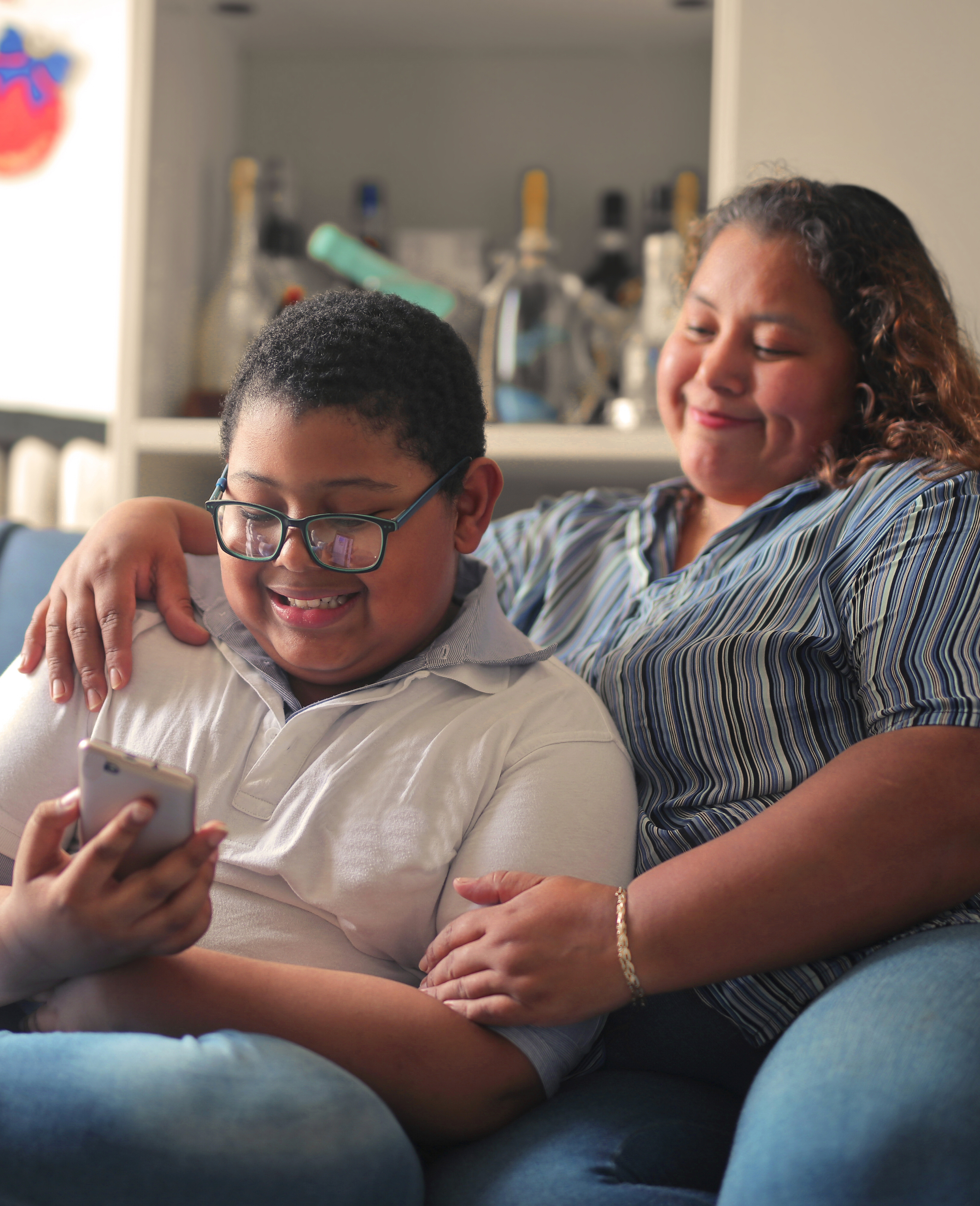Why Kids Eat the Way They Do — and Four Strategies that Change Everything
Team Hey Nouri
November 13, 2025
4


Key takeaways
.svg)
.svg)
.svg)
Helping kids reach a healthier weight isn’t about control or restriction, it’s about creating the right conditions for good choices to become easy. The way food looks, the rhythm of the day, the tone of family conversations : these quiet details shape a child’s relationship with food more than any diet plan ever could.
Here’s how to set the stage across four key areas: environment, food, movement, and communication.
1. Environment: Create Gentle Friction
Children eat with their eyes before their stomach. The home environment often decides what and how much they eat, long before willpower gets involved. Keep healthy foods visible and within reach: water on the counter, fruit in a bright bowl, protein snacks at eye level. Hide or limit “pause foods” (sweets, chips, sugary drinks) so they’re not constantly calling attention.
Gentle friction can add small pauses between temptation and action; little speed bumps that help kids slow down and notice. Serve meals from the counter instead of keeping platters on the table. Pour snacks into bowls rather than eating straight from the bag. Use smaller plates to make portions feel complete without overfilling. Predictable rhythms make everything easier, regular meals and snack times, a sense of when the kitchen opens and closes. When the environment is calm and consistent, kids feel safe, and food stops being a constant focus.
2. Food: Build Patterns, Not Pressure
Food is where parents can do the most good quietly. Start with the order, serve vegetables first, then protein, then carbs. This simple shift lets fullness signals catch up and helps kids eat what their bodies actually need. Focus on adding before removing. Offer more of the foods you want to see: fruits, fiber, protein, water; and let the rest fade from the spotlight. When children feel abundance instead of restriction, their defenses drop and curiosity grows.
When possible, aim to ensure meals can enable the Perfect Plate: half fruits or vegetables, one-quarter carbs, and one-quarter protein. It’s okay if they don’t eat everything, but make sure all the elements are visible on the table or plate. Familiarity breeds comfort, and comfort leads to curiosity.
And remember: balance beats perfection. The goal is not to banish favorite foods, but to teach structure and proportion — that fuel comes first, fun comes next.
3. Movement: Make It Fun and Natural
Kids don’t need to start with workouts, start them with movement that feels like living. Fun, flexible activity woven into the day makes a huge difference. Encourage them to move while doing what they already love: walking the dog, dancing to a favorite song, pacing while scrolling TikTok, or joining in chores that get them up and moving. These moments count more than you think.
The goal isn’t exercise for its own sake, but joy and consistency. When movement feels good, it sticks — and when it sticks, everything else gets easier.
4. Communication: Keep It Calm, Simple, and Supportive
How you talk about food matters as much as what’s on the plate. Stay calm during meals: no battles, no bribing, no guilt. Serve, step back, and let your child practice self-regulation. Structure doesn't need to be restrictive. For example, instead of “No eating after 9,” try: “The kitchen closes after 9, but tomorrow we’ll plan a more filling snack after dinner so your body has the energy it needs and can rest well tonight.” This kind of structure removes pressure while reinforcing trust and predictability.
Give choices: “Broccoli or cucumber?” “Water or milk?” Choices build autonomy. Pre-agree on family defaults, like “We eat snacks at the table” or “The kitchen closes at 9.” Predictability helps kids feel secure.
Talk about how they can use food to "fuel" what they ood fuels energy, focus, and mood — not weight or appearance. When children hear you connect eating to feeling strong, their relationship with food shifts from control to care. And model what you want to see.
The Bottom Line
Change doesn’t come from willpower or rules, it comes from an environment that makes healthy choices easier, routines that reduce chaos, and communication that feels calm and safe.
When these four pieces come together: Environment, Food, Movement, and Communication. ids don’t just learn what to eat; they learn how to trust their bodies again.
See if your qualify
Take our online intake assessment and tailor your child’s weight loss plan in <5 minutes.


Tips for Getting Started on Your Journey
Practical advice and evidence-based insights to help you support your child’s health journey with confidence
